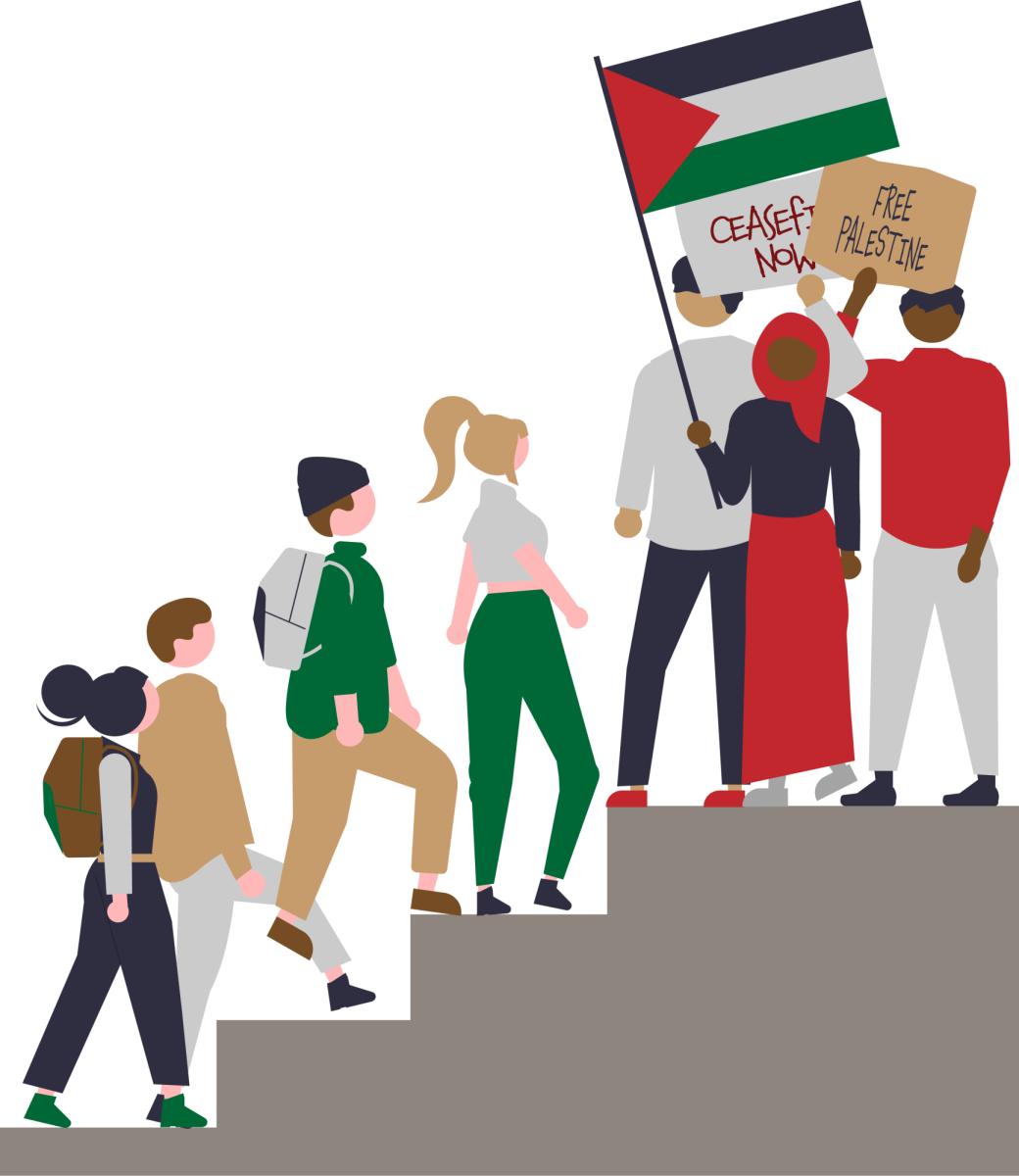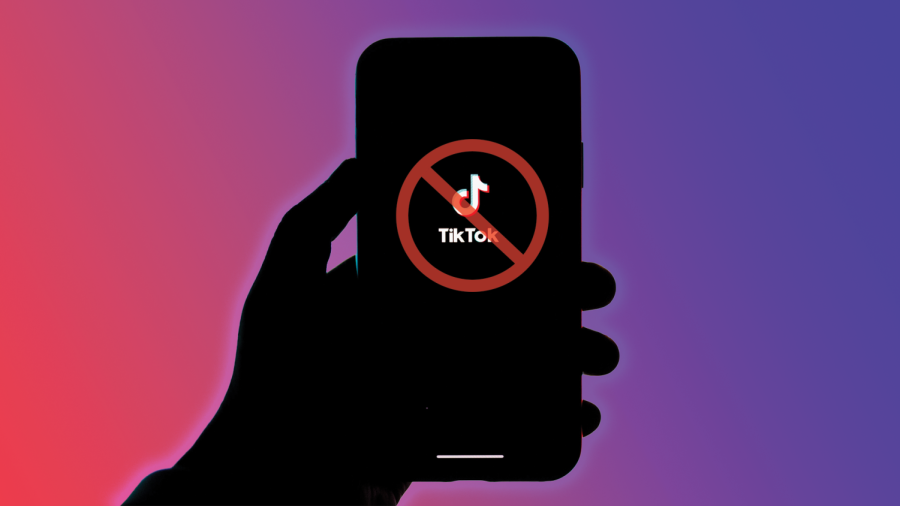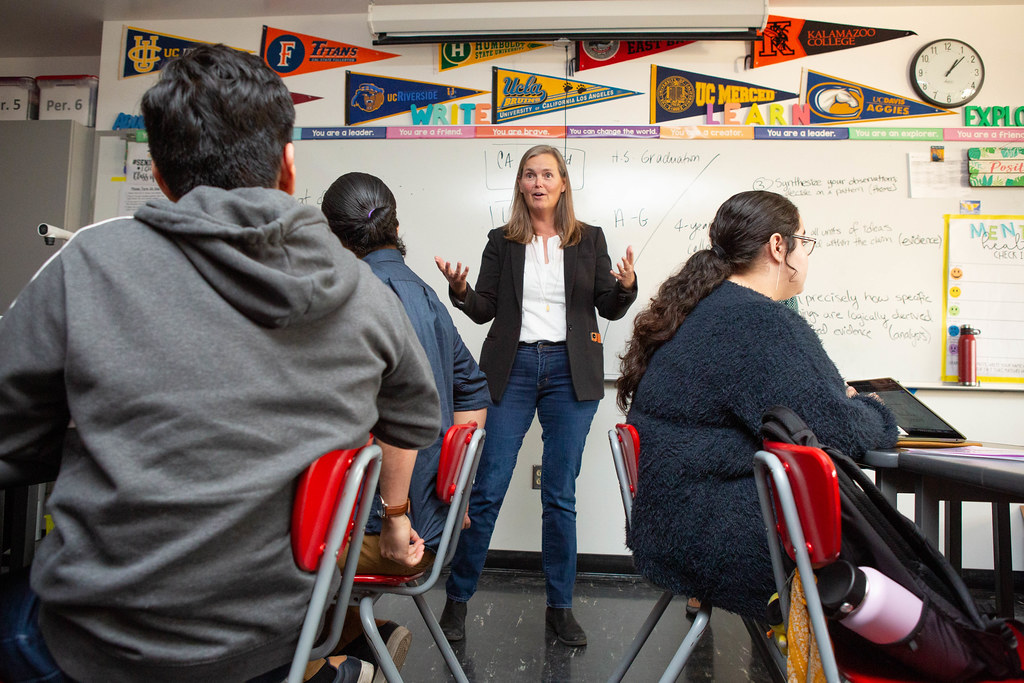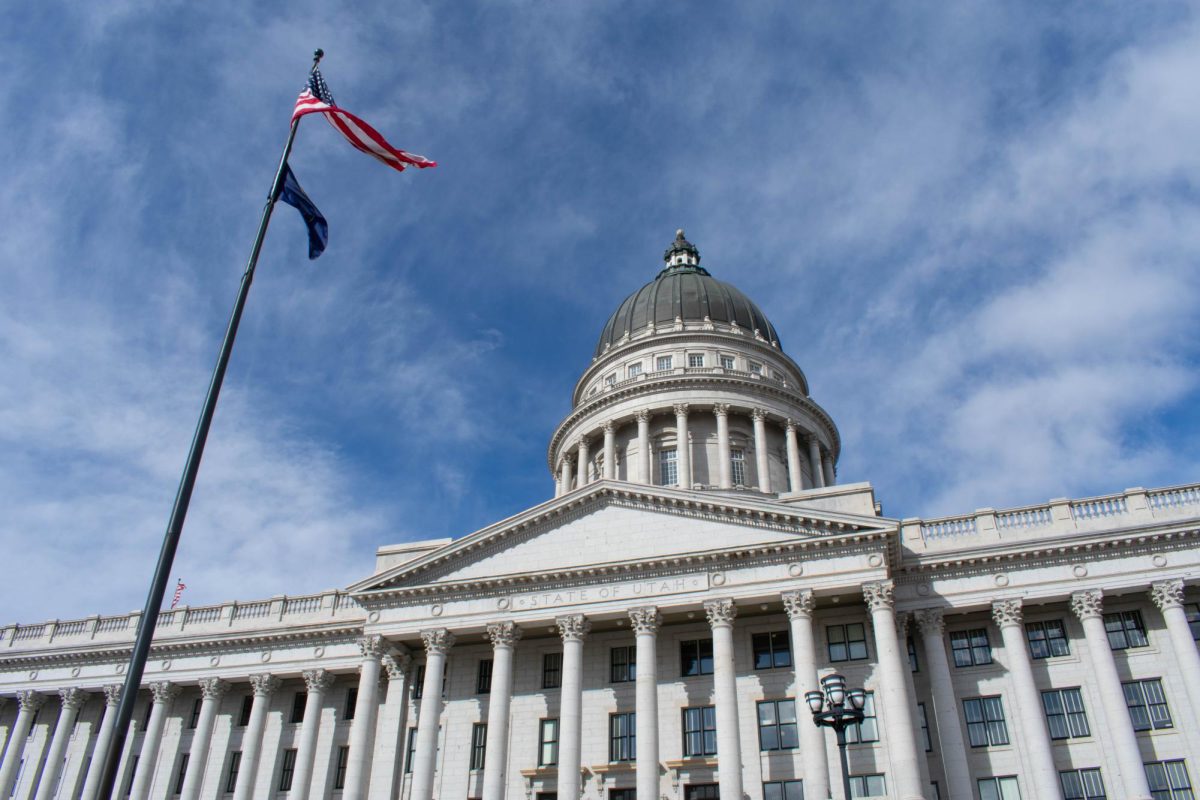Despite unresolved lawsuits and requests for privacy, the public was given an extraordinary glimpse into Princeton University’s admission process earlier this month. Contrary to the institution’s emphasis on humanitarianism, racial divides remain deeply embroiled within their culture.
Introduced by President Kennedy in 1961, affirmative action was intended to address racial discrimination that persisted despite civil rights laws. The initiative was enforced by President Johnson three years later, who in 1965 said, “We seek not just freedom but opportunity — not just legal equity but human ability…” Thus, affirmative action remedied de jure discrimination, or racial prejudice that is enforced by law. For decades this policy guided numerous universities in the United States, despite questions of constitutionality and necessity. Legal proceedings against the program came to a crescendo in 2003, when the Supreme Court ruled that race can be taken into consideration on college applications. Seven years later, the Department of Education began investigating Princeton after claims of racial discrimination against Asian applicants. Although the department’s Office for Civil Rights closed the investigation in 2015, citing a lack of apparent discrimination, recently released documents related to the case revealed a troubling pattern.
Obtained by BuzzFeed News in early May, an 83-page document reveals how Princeton’s admissions staff reviews prospective students. According to the report, when referencing one Hispanic applicant, an admissions officer wrote, “Tough to see putting her ahead of others. No cultural flavor in app.” The report continued, describing how one Native Hawaiian/Pacific Islander did not excite Princeton’s staff. “Were there a touch more cultural flavor I’d be more enthusiastic,” the admissions officer wrote. Instead of simply considering racial status, the University interpreted how “flavorful” the applicant was compared to others.
These incidents were not isolated. Princeton’s staff frequently labeled Asian students as “bright premeds” with “familiar applications” that were “difficult to pluck out.” Yet, few comments were more offensive than a half-Korean, half-Hispanic applicant being called a “neat blend.” Instead of utilizing affirmative action to equalize the symbolic playing field, Princeton used racially-charged language to differentiate the “flavor,” or cultural authenticity of its minority applicants.
The Ivy League has lost sight of affirmative action’s original intent. In 2013, The New York Times published an article examining quotas on Asian students at top universities in the United States. Similar to the limits placed on Jewish students in the 1920s, “…top officials at Harvard, Yale, Princeton and the other Ivy League schools today strongly deny the existence of ‘Asian quotas.’ There exists powerful statistical evidence to the contrary.” Since 1992, the number of white numbers enrolled at Harvard remained unchanged. However, the amount of Asian students enrolled at Harvard during this period declined by 50%, despite an increasing Asian-American population.
In an effort to restrict further information releases, Princeton launched a suit against the Department of Education, equating the admissions process to “trade secrets.” Despite the lawsuit, there are 83-pages of evidence that weave a distressing tale about Ivy League culture. An irony of affirmative action is that correcting for discrimination against one racial community promotes discrimination against another.
In today’s college climate, extraordinary Asian applicants are penalized for their stereotypical “premed” backgrounds while Hispanic students are judged on their cultural “flavor.” At what point will society agree that affirmative action has extended well beyond its original intent? The Supreme Court, which considered Fisher v. University of Texas in 2013, ultimately decided that admissions offices could continue to analyze race to achieve diversity. The Court also stipulated, however, that universities must prove that “available, workable race-neutral alternatives do not suffice.”
No one can accurately predict which students will fail to earn a bachelor’s degree. How is it then that admissions officers can claim to measure “cultural flavor” to ensure proper diversity? If universities truly want to support disadvantaged applicants, then the admissions process should be disentangled from race entirely. Instead, the socioeconomic backgrounds of students should be measured, accounting for a variety of factors. Adopting a need-based system focused on socioeconomic factors would correct for the racial ambiguities that forced Princeton to twist itself in knots.























James Jones • Oct 29, 2017 at 1:43 pm
Affirmative action is better than nothing. However, the correct remedy is to admit the students who had been discriminated against in the past for the lower tuition and room and board then charged. If I order and pay for something in the mail which I never receive, providing the goods or money of which I was defrauded to someone else makes little sense.
SteveRR • Apr 29, 2018 at 6:17 pm
I am sure that made sense in ur head when you typed it – but seriously – it makes no sense at all.